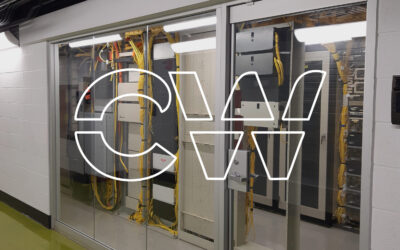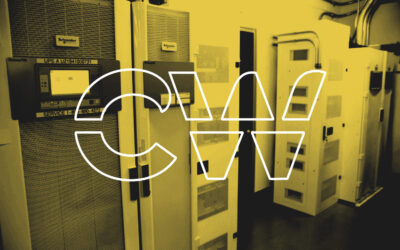The Advantages of Shorter Connections and On-On-Net [O2N] Providers in Carrier Hotels
In the world of data centers and network connectivity, the terms “on-net” and “on-on-net” are crucial for understanding the efficiency and performance of networking services. Particularly within carrier hotels—facilities where multiple telecommunications or network providers collocate their networking equipment—these terms define how directly connected and efficient these networks can be. This article explores why shorter connections within a carrier hotel and having providers that are on-on-net is significantly better than merely being on-net within the same premises.

Understanding On-Net and On-On-Net [O2N]
First, it’s important to clarify the difference between on-net and on-on-net:
• On-Net: This term refers to the scenario where a building or premises is directly connected to a telecommunications network. A provider’s equipment is physically present in the building, meaning that customers in the same building can connect directly to this network without needing to route their data through external networks.
• On-On-Net [O2N]: This extends the concept of on-net further. In this setup, not only are the providers’ networks directly accessible within the same building, but the interconnections between these providers are also direct and short. This means providers are interconnected within the same facility without the need to route through external circuits.
Advantages of Shorter Connections in Carrier Hotels
Carrier hotels optimize network interconnectivity by enabling physically close network connections among various providers. Here’s why shorter connections in such setups are beneficial:
1. Reduced Latency: Shorter cable runs directly translate into lower latency. Data packets travel a shorter distance, thus reaching their destinations faster. This is particularly beneficial for applications requiring real-time data processing, such as financial trading platforms or real-time communication services.
2. Increased Reliability: Fewer hops in the network path mean fewer points of failure. Shorter connections within a carrier hotel minimize the risk of connectivity issues that can arise from cable cuts or hardware failures in longer network routes.
3. Cost Efficiency: Direct O2N connections reduce the need for expensive network transit. By minimizing the reliance on external networks for data transmission, businesses can cut costs associated with data transport. This in turn increases margin which can reduce costs to the consumer while increasing performance.
For businesses that depend heavily on network connectivity, choosing a colo provider at a carrier hotel that offers on-on-net [O2N] connections can be a pivotal decision for operational success. This setup not only ensures optimal network performance but also provides a strategic advantage in today’s fast-paced digital landscape.



